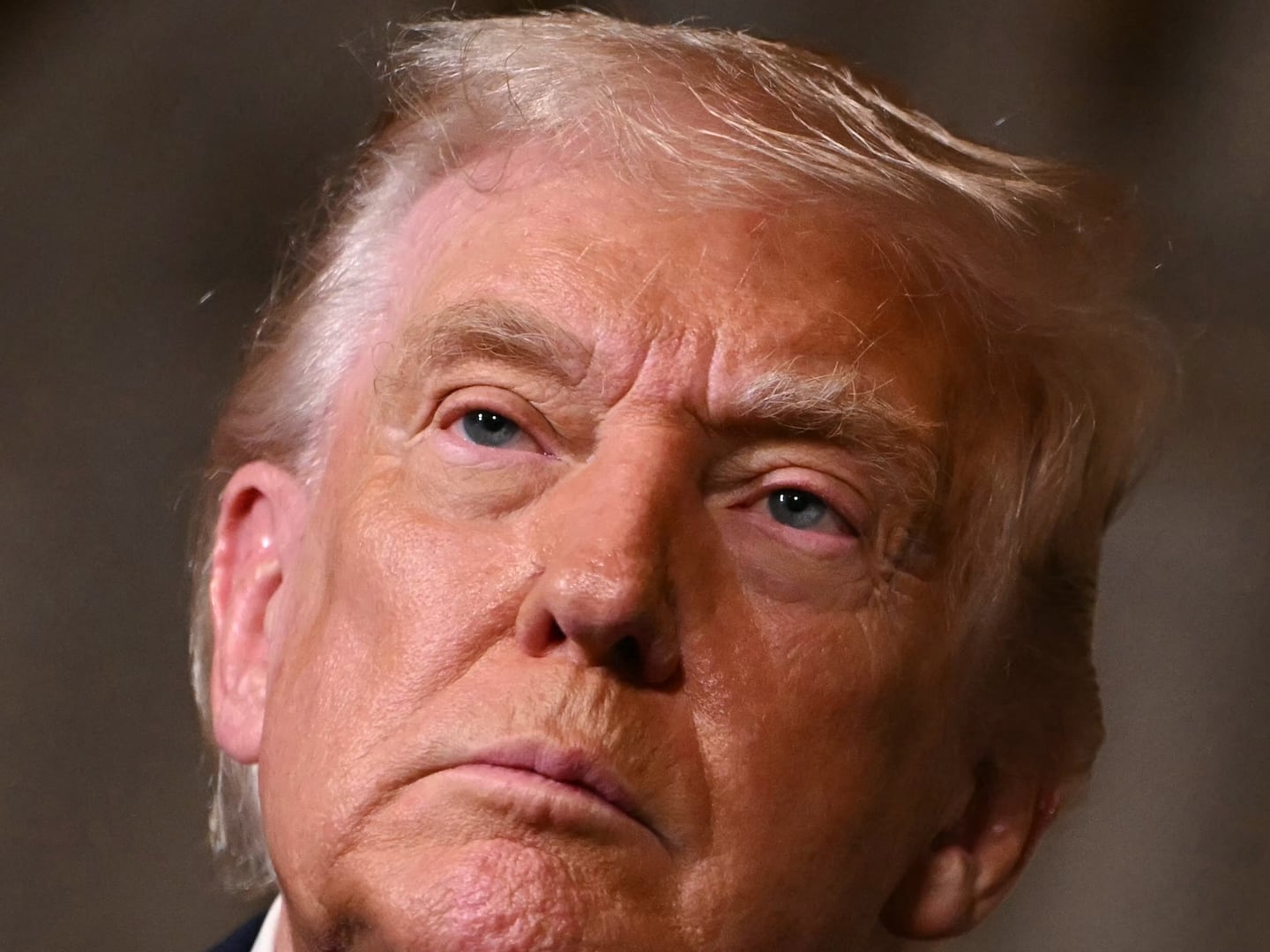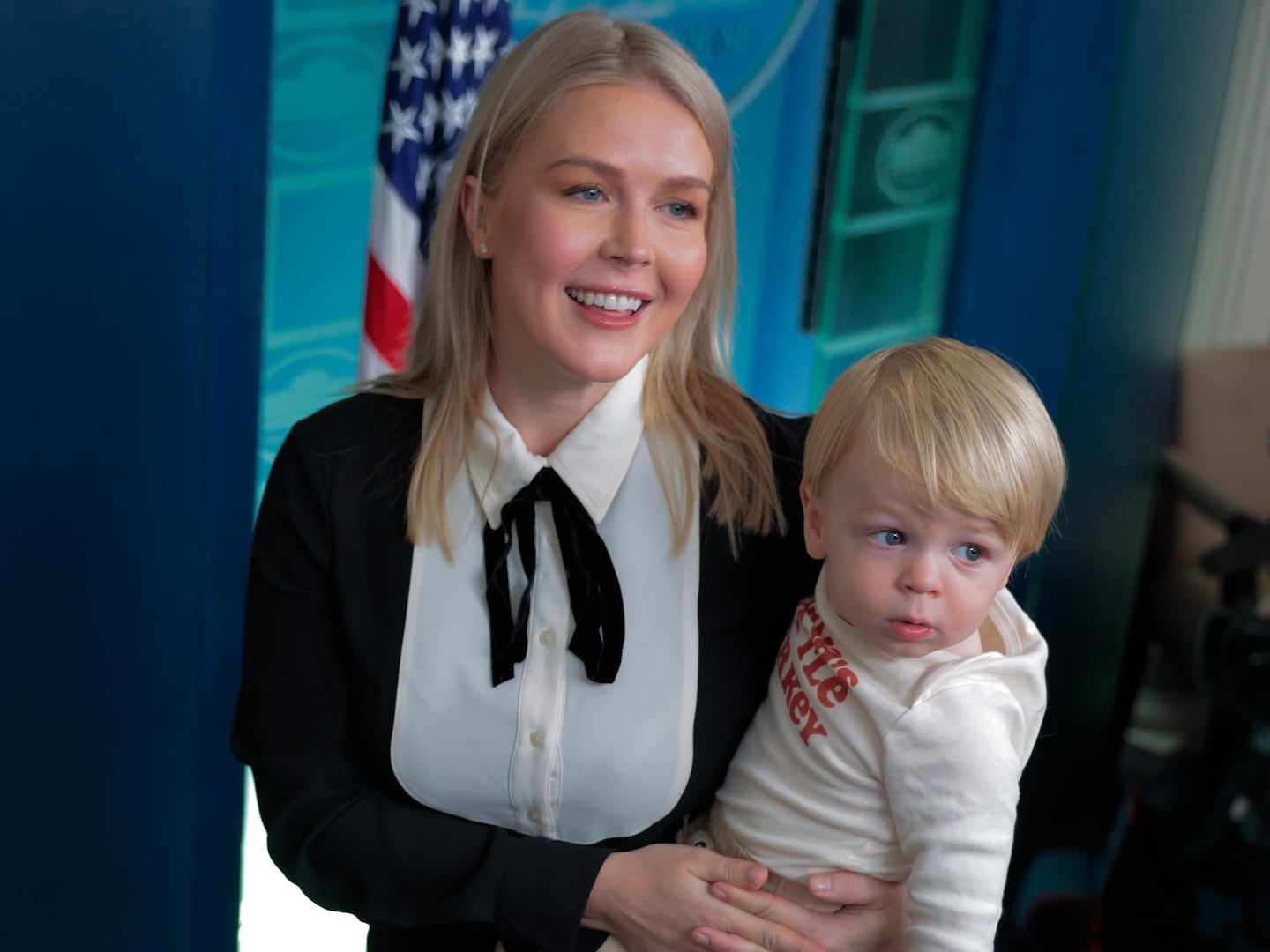In the early morning hours of March 8, 2012, FBI agents burst into the southern California home of Rudy Kurniawan and uncovered a veritable wine forgery factory.
Stacks of empty wine bottles sat on the kitchen floor and thousands of fake wine labels bearing the names of some of the world’s most prestigious wineries were tucked into drawers. Open bottles of old French and new California wine that Kurniawan used to mix his fakes sat in the pantry.
The arrest of Kurniawan on charges of forgery shocked the elite world of wine as the boyish-looking man had been known as one of the country’s most avid collectors, buying and selling as much as $1 million of wine a month. While the scale of Kurniawan’s crime was huge, it fit a pattern. During the last 25 years, as wine has increased in popularity and price, wine crime has also grown. This has, naturally, led to a whole new category of wine journalism that combines tasting notes with true crime tales.
There are few better at this beat than Peter Hellman who covered the Kurniawan saga for Wine Spectator and just published In Vino Duplicitas: The Rise and Fall of a Wine Forger Extraordinaire. It’s a topic that fascinates me as well, and I explored it in my book, Tangled Vines: Greed, Murder, Obsession and an Arsonist in the Vineyards of California. So I was very excited to recently chat with Hellman about the illicit wine trade and how Kurniawan was able to con so many experts and collectors.
Was Rudy Kurniawan the most successful wine forger ever? “Rudy was the most successful American counterfeiter. He is an ethnically Chinese guy from Indonesia born in Jakarta. He had no background in wine at all until he was in his early twenties and tasted wine for the first time.
Rudy had two things going for him. One was that he had a lot of money so he could buy expensive wines. The other was he had an extraordinary palate. He had the equivalent of musician’s perfect pitch. He had a wonderful taste memory that helped him to impress wealthy people who became his marks.”
How did he make his fake wines taste like some of the most rare wines in the world? “Rudy did two things that made it possible for him to fake these wines.
Number one, he took great care to make sure the bottles he used were old. He would ask dealers who were offering him wines, ‘Is the bottle hand-blown glass or is it machine-molded?’ He only wanted hand-blown bottles which are usually darker and don’t have the seams of machine-molded bottles. By getting very old bottles, there were heavy sediments in the bottles already, including on the neck of the bottle. It takes years for those sediments to develop, unlike the sediments in the bottom of the bottle.
And the second thing was he focused on the wine inside the old bottle. Rudy remembered each vintage. He knew that 1959, for example, was quite a hot summer in Burgundy and the wines had more color and more aromas than they typically did. To concoct his fake wines, he bought 800 bottles of old commercial grade wines from France going back to 1908. And he blended old French wines, old pinot noir which had a funky quality to it, with young California wines, youthful fruit-forward pinot noirs. And he would blend until he got a wine that both tasted funky like old wine is expected to taste and yet it was infused with this very youthful fruit. People who tasted it would say ‘wow, this wine is 60 years old and it’s a little funky but it has still preserved in it this wonderful fruitiness.’ And, of course, they are pouring this from an old bottle with old sediments in it. When he did these two things, it was easy to fool even people who thought they knew what they were tasting.”
Why were so many extremely wealthy men who supposedly know a great deal about wine taken in by Kurniawan? “Before an auction at which Rudy’s wines were sold there would be a pre-auction dinner and known big bidders would be invited and they would be softened up by a lot of good Champagne.
It’s very hard when you have been drinking a lot of Champagne and drinking a lot of wines and eating good food and are being convivial, to not be influenced by the good times. Wine is very seductive. It becomes what you want it to become. They wanted the wine to be real. Let’s face it: How many people really know what a 1921 Château Petrus tastes like? Almost nobody.”
Do you think his crimes reflect anything particular about our society? “Rudy was able to sell $25 million worth of counterfeit wine in a society in which there is too much money. People who have surplus money look for places to park it. And they can buy a condo, they can buy an estate, they can buy an extraordinary watch or sports car. But in the end, when there is a lot of money floating around, the people who have it want to put it into something that shows that they are culturally refined. An excellent way to do that is to buy purportedly very old French wine. And you know your friends are going to say ‘What is this wine called? La Tâche from 1945? Wow, Joe you must really know what you are doing to buy this wine and pay so much for it and appreciate it.”
Did the recent wine auction craze help Kurniawan sell his wine? “From about 2002 until mid-2008 auction prices of wine basically doubled. In Rudy’s case, he was synergistic with Acker Merrall & Condit. When Rudy started to buy and sell wine through Acker Merrall, it was a distant fourth place among wine auctioneers in the world in terms of sales volume. Within two years, Acker jumped from fourth place to first place. That was because of Rudy. There was a world-record, two-day auction of Rudy’s wines in October 2006, which put Acker in first place.”
What is the actual amount of counterfeit wine that Rudy sold, or created? “Nobody can really say how much Rudy wine was out there and how much was sold, precisely. After he was convicted the judge looked to the victims to tell him how much wine they had purchased from Rudy and that number turned out to be about $25 million worth of wine.
The reason nobody really knows is because there are collectors out there who know they have Rudy wine in their cellars and are pretty sure it is fake, but they don’t want to reveal that. They don’t want to tell anybody because they are ashamed they got hoodwinked. That’s the first reason. But the second reason, which is more nefarious, is that many have decided they are going to try and resell the wine without telling everybody that it came from Kurniawan. You can do that most easily in Hong Kong right now where the market is less suspicious than it is here. Many collectors did not reveal to the government how much wine they have from Rudy.
Nobody wants to admit they have been cheated. If not for Bill Koch, Rudy would not be in prison. He hired a whole range of investigators, including a former CIA station chief in Jakarta, a MI5 agent from England, and various retired FBI agents in the U.S. And everything they learned he passed on to the Justice Department. Koch understood he could spend millions of dollars on investigations but he couldn’t arrest Rudy Kurniawan and he couldn’t put him in jail, but he could pass on the information to the FBI and try to get the FBI to really be interested in prosecuting a wine counterfeiter for the first time. He did do that and that’s why there was a dossier at the U.S. Attorney’s office in New York.”
Should average consumers be concerned about wine fraud? “If the bottles are very old, pre-1990, they should be concerned. The fakes are still out there. In the last 10 years, the top properties around the world have taken steps to make their bottles extremely difficult to counterfeit. The most expensive wines now have labels that are often made to the same standard as U.S. bank notes. They have various patterns in them, which are almost impossible to duplicate. Château d’Yqem, for example, the most famous Sauterne, puts a very small, etched serial number or symbol on the bottle where you cannot see it. That’s very difficult to do; these are very finely incised markings on the bottle itself.”

Were you able to talk to Rudy? “At the Acker auction, where the 22 lots of Domaine Ponsot [that Kurniawan had put up for sale but which were removed when the winery owner said they were fake] were withdrawn, I went over to Rudy and said: ‘Hey Rudy, what happened to those 22 lots of Domaine Ponsot?’ He said, ‘Well, you know we try our best, it’s Burgundy and shit happens.’
That’s the only thing he ever said, really, about what he did. He did not ever talk to the press.
When you read studies of con artists, what you learn is the very top-end con men never take your money. You thrust it into their hands. That is true of Kurniawan. People begged him to sell great old mythical wines. He didn’t always do it at first. You had to really campaign to get him to sell you wine, often. You did thrust the money in his hand. He wasn’t asking you to buy the wine so much as you were begging him to be able to buy it. That’s a con man for you.
He had a gift for understanding wine, for remembering wine, for making distinctions among wines and it is too bad he turned that gift into a con, into a crime.”






